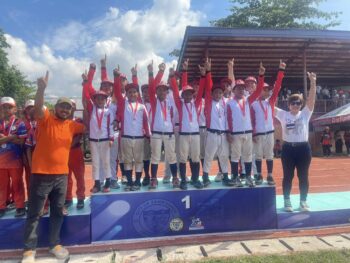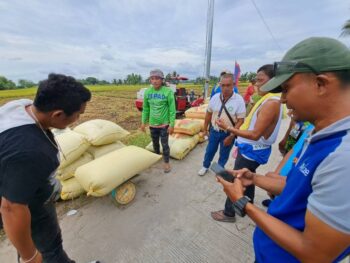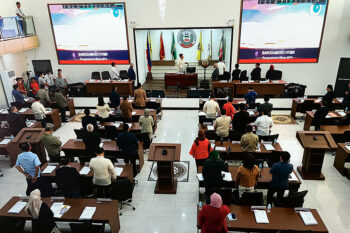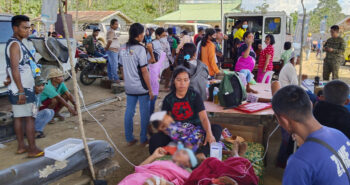
MATALAM, North Cotabato (MindaNews / 28 June) – If there was anything most people would like to continue from the PRRD administration it was the Build, Build, Build Program. And it is a good thing that PBBM (President Bongbong Marcos Jr.) included this as one of his priorities. When he was yet a presidential aspirant, Marcos Jr. vowed that he would prioritize the development of a digital infrastructure alongside continuing the “Build, Build, Build” infrastructure program.
As a matter of fact, a professor from a distinguished state university suggested that the build, build, build program under the Marcos administration should focus on the poor communities. This is laudable as every poverty-focused program sounds enthralling. But the “how” of it is more complex than one might think. This is not a simple case of building infrastructures in the poor communities but rather a matter of contextualization and rationalization.
By contextualization we mean where the project generates more jobs and create more wealth so that it will give maximum return on investment in terms of the socio-economic benefits and even political considerations. By rationalization we mean where public investment would be more plausible because the benefits are greater than the costs.
If the suggestion was simply to build infrastructures per se in areas where the poor people live, then I would beg to disagree. That is not the way to do it. Let it be on record though that I am not anti-poor nor do I want the poor communities to be left out in the development process. The point is let infrastructures stand where they are most needed because they generate more employment opportunities and create more wealth. This is the strategic approach to development.
Strategic importance in terms of pump-priming the economy should be given primordial consideration especially in a post-COVID scenario where economic recovery and health considerations are the bases for public investments at this point in time.
For example, a communication and digital infrastructure may not be built in the poor communities because it is the big companies (both public and private) and government institutions that need them more than the poor people and ordinary citizens. When these companies are able to run their businesses well as a result of such government intervention it would follow that more jobs will be generated and more wealth shall be created. When the economy becomes robust this is the time when the economic benefit shall be dispersed and made to radiate to the countryside where the vast majority of the poor lives.
Again this is not anti-poor nor anti-people. Let’s face it. The government can only help the poor if it generates more income from business taxes. This has been the same logic why concrete roads should essentially start from the core urban centers to the periphery. Even rich countries did not start building concrete roads from the countryside to the urban centers. With more reasons, the Philippines being at the bottom of the developing countries, should adhere to this kind of development principles.
In a post-pandemic scenario where economic recovery becomes the primary concern the name of the game is prioritization and strategizing given the fact that we are not a rich country which can engage anything that comes to mind. The notion is that government can only feed the poor when there is food in its hands. One might say this was the antiquated way of giving fish to people rather than teaching them how to fish. No. before they can start to go fishing, the fishing gears should come from somewhere else because that is what they need for a start.
I agree that the Build, Build, Build Program may need refocusing but infrastructures should stand where they are most needed given some critical considerations to expedite economic recovery.
(MindaViews is the opinion section of MindaNews. Maugan P. Mosaid holds a doctorate degree in rural development. He is a freelance writer, planning consultant, and teaches Statistics and Methods of Research in the graduate school. He can be contacted at mauganmosaid6@gmail.com.)







